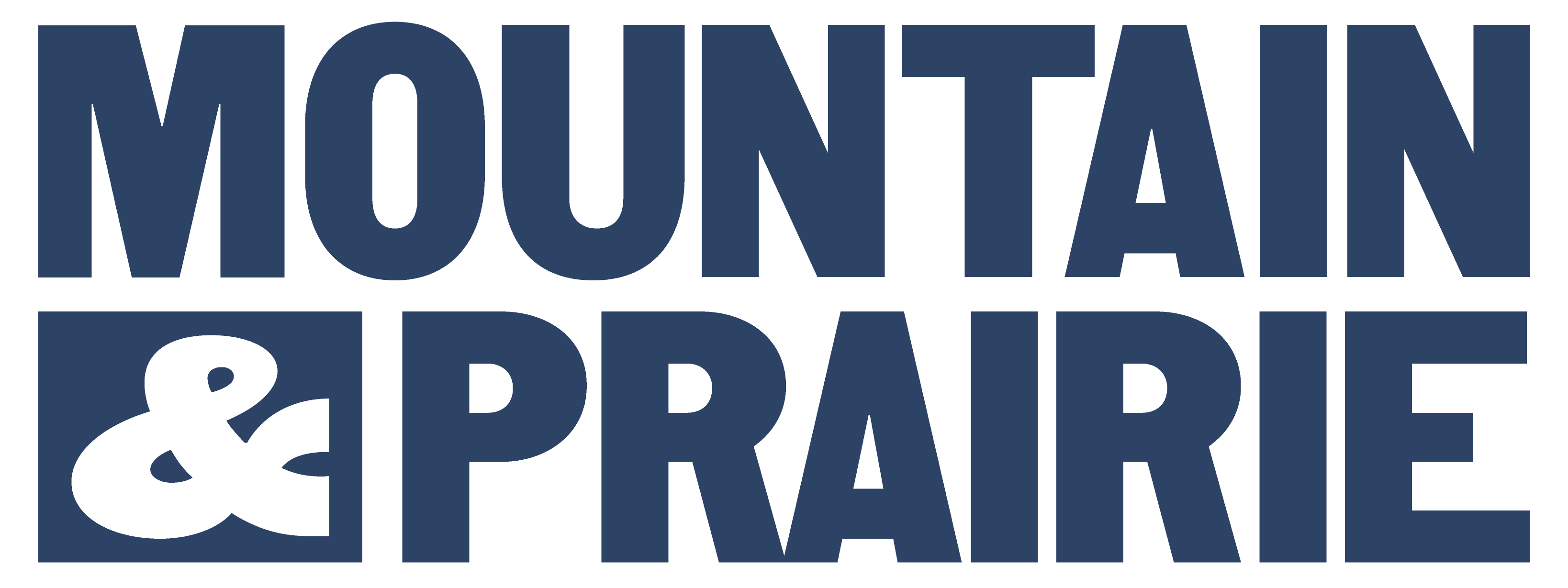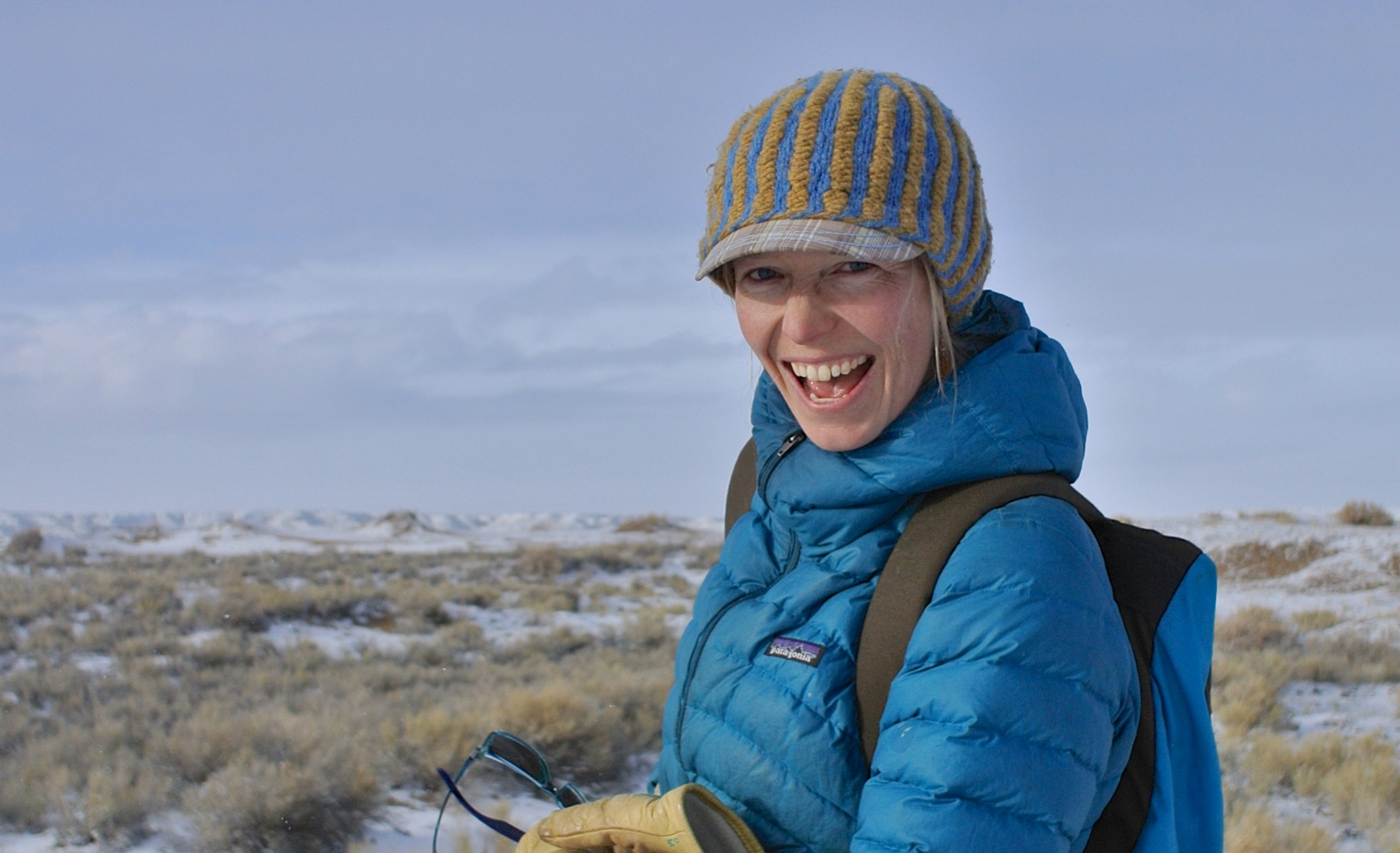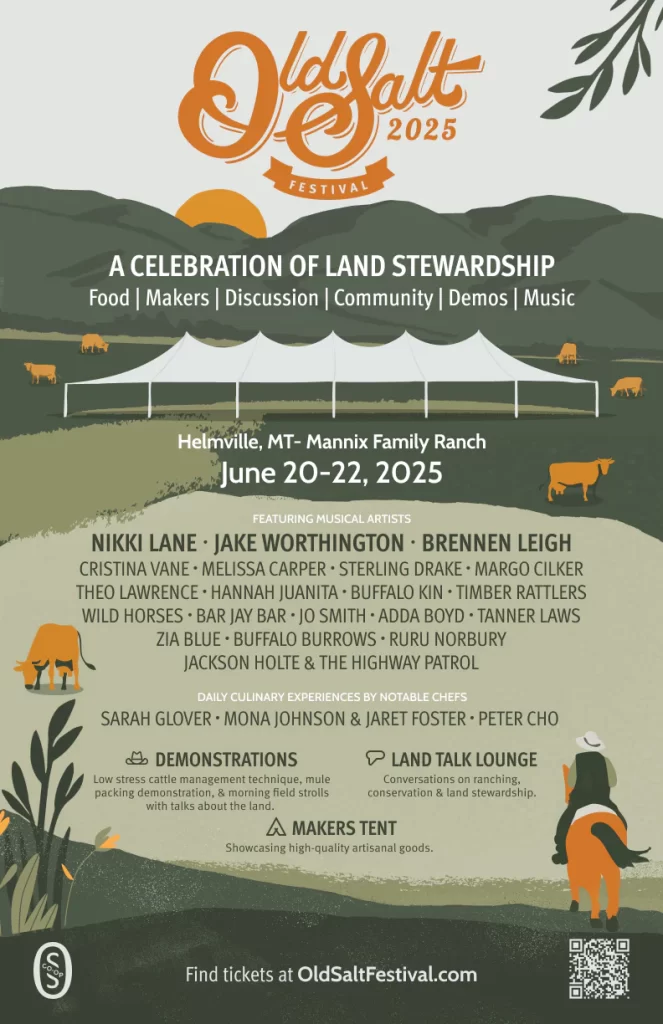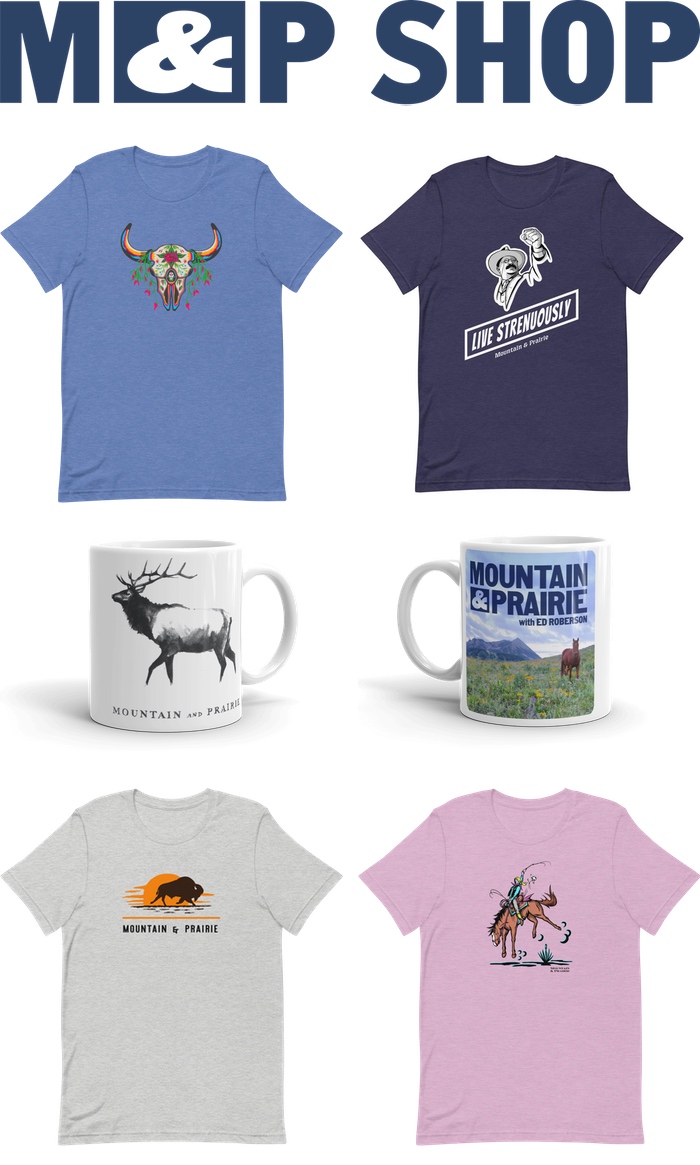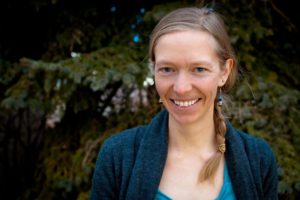
Emilene Ostlind is a Wyoming-based journalist and storyteller whose work focuses on the landscapes, natural resources, and communities of the American West. She may be best known for her work studying and documenting the long-distance migration of pronghorn antelope from Grand Teton National Park down into the Green River Valley—a topic that was the basis for her graduate school thesis, as well as her award-winning High Country News cover story about the “Path of the Pronghorn.” Emilene is also the editor of Western Confluence, an amazingly informative, entertaining, and free magazine published by the University of Wyoming’s Ruckelshaus Institute of Environment and Natural Resources. And if all of that is not enough, she is also working closely on the production of an upcoming documentary called Deer 139, which tells the story of a mule deer’s migration across Wyoming and a researcher’s attempt to follow that same path on foot.
Emilene grew up at the base of the Big Horn Mountains in Wyoming, a third-generation Wyomingite from a family closely connected to ranching and the land. After earning her undergraduate degree from the University of Wyoming, she landed a job in Washington DC with National Geographic, where she learned first hand the power of storytelling as a means of communicating important, complex issues. She returned to the University of Wyoming for a graduate degree in creative nonfiction writing, with a focus on understanding and documenting pronghorns’ migration patterns throughout her home state. Along with photographer Joe Riis, they explored the mountains of the Greater Yellowstone Ecosystem, shedding light on one of the lower 48’s last remaining big game migration corridors.
If you’ve enjoyed my conversations with folks like Dan Flores and Bryce Andrews, then you’ll love this episode. We dig deep into the specifics of pronghorns and discuss why they are one of the more interesting and impressive North American mammals. We talk about how Emilene initially became interested in pronghorn migrations, and how the project began and played out over several years. We also discuss her work editing Western Confluence and the 2018 book Wild Migrations. As you’d expect, we discuss her upbringing in Wyoming, her career path in storytelling, and she offers some excellent advice for aspiring journalists who’d like to follow a similar path. And of course we discuss favorite books, so be sure to check the episode notes for links to all of those– there are a lot of new titles.
I encourage you to subscribe to Western Confluence—it’s totally free which is quite a deal when you consider just how much you’ll learn from reading it. But in the meantime, enjoy my fun and educational conversation with Emilene Ostlind.
Photos courtesy of Emilene Ostlind
Click Here to Download on iTunes
—
Click Here to Download on Spotify
—
Click Here to Download on Google Play
—
Click Here to Download on Stitcher
—
Episode Notes
Topics Discussed:
- 4:30 – Emilene’s family history in Wyoming
- 7:00 – Her life-long interest in storytelling
- 8:00 – Experience at National Geographic
- 12:30 – Heading back West from DC
- 13:30 – Genesis of pronghorn migration idea
- 15:00 – Applying to grad school
- 17:00 – “Path of the Pronghorn”
- 21:50 – Pronghorns explained
- 26:30 – Reception of migration story by the general public
- 30:00 – Steps that landowners can take to help animal migrations
- 35:00 – Wyoming as a last major migration corridor
- 37:30 – “Deer 139”
- 41:20 – Storytelling through film
- 44:45 – Western Confluence
- 50:00 – Mentors, heroes, and books
- 53:30 – “Wild Migrations”
- 56:40 – Advice to aspiring storytellers
- 59:45 – Favorite books about the West
- 1:01:00 – Favorite films
- 1:02:00 – Most powerful outdoor experience
- 1:03:40 – Favorite location in the West
- 1:05:00 – Best advice she’s ever received
- 1:06:15 – Request of the listeners
- 1:07:40 – Connect with Emilene
Information Referenced:
- Emilene Ostlind
- “Path of the Pronghorn” story
- Deer 139
- Western Confluence
- Wild Migrations
- Ruckelshaus Institute of Environment and Natural Resources
- Padlock Ranch
- National Geographic
- Steve Winters
- Karsten Heuer
- Mark Jenkins
- Joe Riis
- Pronghorn Antelope
- American Serengeti by Dan Flores
- Unbranded
- Ben Masters podcast
- Walton Family Foundation
- High Country News
- Brian Calvert podcast
- The Snow Leopard by Peter Matthiessen
- A River Runs Through It by Norman Maclean
- Being Caribou by Karsten Heuer
- Illumination in the Flatwoods by Joe Hutto
- The Meadow by James Galvin
- This House of Sky by Ivan Doig
- Claiming Ground by Laura Bell
- MountainFilm
- Pilot Hill
Enjoy this episode? Then you might like these as well:
- Bryce Andrews – People, Predators, and the American West
- Dan Flores – Chronicling the West’s Rich Natural History
- Ben Masters – Conservation Through Innovative Filmmaking
- Charles Post – Stewardship, Science & Storytelling
- Adam Foss – Lessons Learned From a Life Afield
